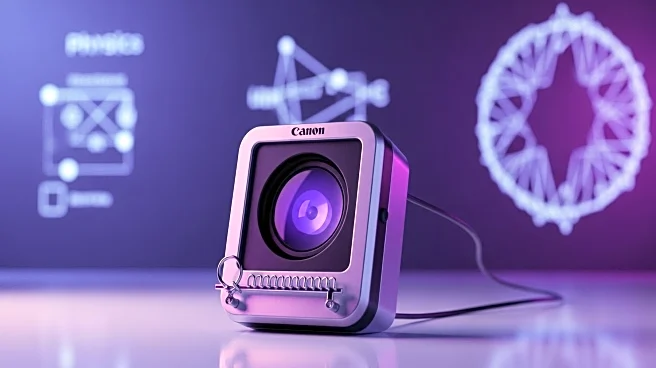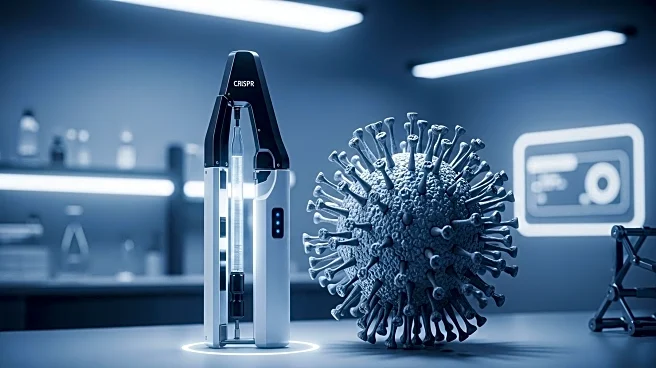What's Happening?
Researchers at the University of Chicago have developed a method to turn fluorescent proteins into biological qubits, potentially revolutionizing quantum sensing in living cells. These proteins, which make jellyfish glow, can be used to detect magnetic and electrical signals within cells. The breakthrough allows for quantum sensors that operate without the extreme cooling typically required for quantum technology, opening new avenues for biological research at the nanoscale.
Why It's Important?
This development could significantly advance biological research by providing insights into cellular processes such as protein folding and biochemical reactions. The ability to use biological qubits as quantum sensors could lead to improvements in medical imaging and early disease detection, enhancing diagnostic capabilities. The integration of quantum technology into biological systems represents a major leap forward, potentially transforming fields like medicine and biotechnology.
Beyond the Headlines
The use of biological qubits raises questions about the intersection of quantum physics and biology, challenging existing paradigms in both fields. As researchers continue to explore this technology, ethical considerations regarding its application in living organisms will need to be addressed. The breakthrough also highlights the potential for nature-inspired solutions in overcoming technological barriers, emphasizing the importance of interdisciplinary collaboration.










